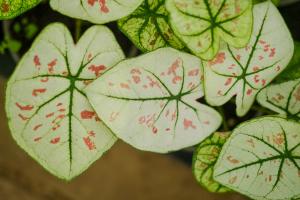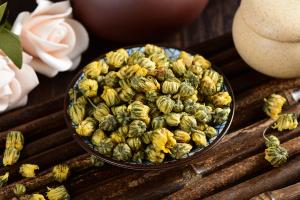How to Care for Elephant Ear Plant
The elephant ear plant, also known as colocasia or taro, is a stunning tropical plant that can brighten up any garden or indoor space. However, as with any plant, proper care is essential for its survival and success. Below are some tips on how to care for elephant ear plant.
Lighting
The elephant ear plant requires bright, indirect light to thrive. While direct sunlight can scorch its leaves, too little light can stunt its growth. It is best to place the plant near a window that receives bright, indirect light. If the plant is kept indoors, it may benefit from supplemental lighting.
Watering
The elephant ear plant requires consistently moist soil, but never waterlogged. Overwatering can lead to root rot, which is fatal to the plant. It is best to allow the soil to dry out slightly between watering, and to water deeply but infrequently. Watering once a week is typically sufficient, but this may vary depending on the climate and conditions of the plant's environment.
Temperature
The elephant ear plant thrives in warm, humid conditions. It prefers temperatures of 65 to 80 degrees Fahrenheit, and requires a minimum temperature of 55 degrees Fahrenheit. It is important to avoid placing the plant near drafts or in areas with fluctuating temperatures.
Fertilizing
The elephant ear plant benefits from regular fertilization during its growing season. A balanced, water-soluble fertilizer can be applied every two weeks to promote healthy growth. It is important not to over-fertilize, as this can lead to burnt foliage and damage to the plant.
Pruning
Pruning can help to keep the elephant ear plant healthy and looking its best. Dead or damaged leaves should be removed promptly to prevent the spread of disease. Additionally, pruning can help to control the size of the plant and prevent it from becoming too large or overwhelming.
Propagation
The elephant ear plant can be propagated by division or by planting cuttings. When dividing the plant, it is important to use a sharp, clean knife to separate the root system into smaller sections. Cuttings can be taken from healthy, established plants and rooted in soil or water.
Pests and Diseases
Like any plant, the elephant ear plant is susceptible to pests and diseases. Common pests include spider mites, scale insects, and mealybugs. Regular inspections and treatment with insecticidal soap or neem oil can help to prevent and treat pest infestations. Diseases that can affect the elephant ear plant include bacterial leaf spot, fungal leaf blight, and root rot. These can be prevented by avoiding overwatering and providing good air circulation around the plant.
In conclusion, caring for an elephant ear plant requires attention to its lighting, watering, temperature, fertilizing, pruning, propagation, and pest and disease prevention. With proper care, this stunning tropical plant can thrive and bring beauty to any space.

 how many times do yo...
how many times do yo... how many planted tre...
how many planted tre... how many pine trees ...
how many pine trees ... how many pecan trees...
how many pecan trees... how many plants comp...
how many plants comp... how many plants can ...
how many plants can ... how many plants and ...
how many plants and ... how many pepper plan...
how many pepper plan...
































